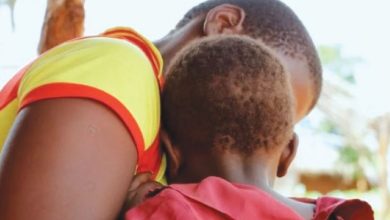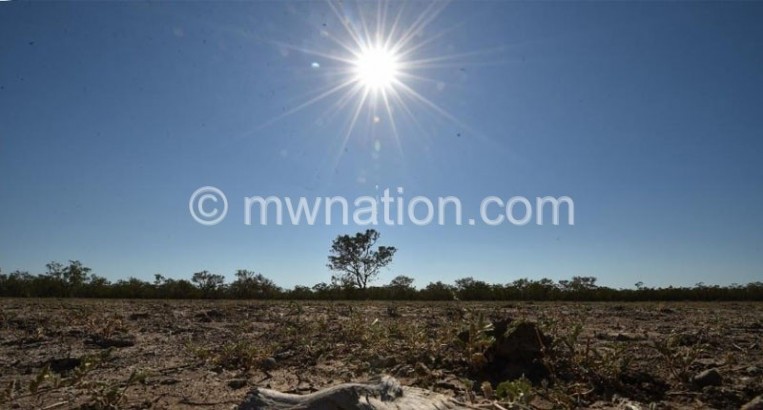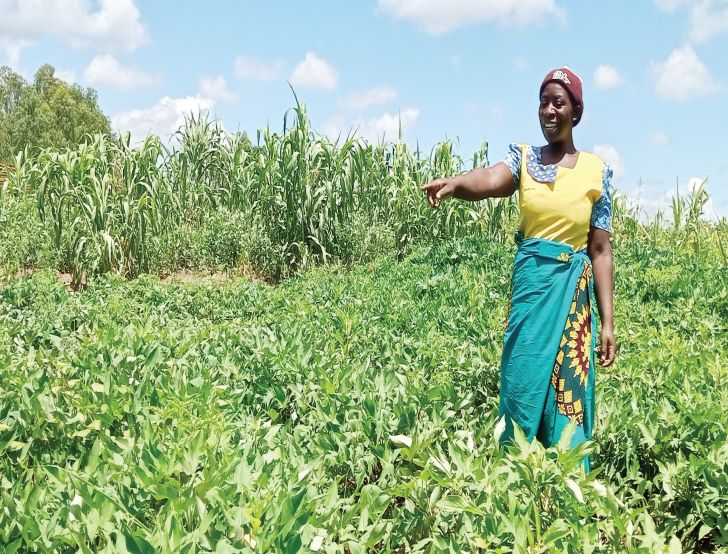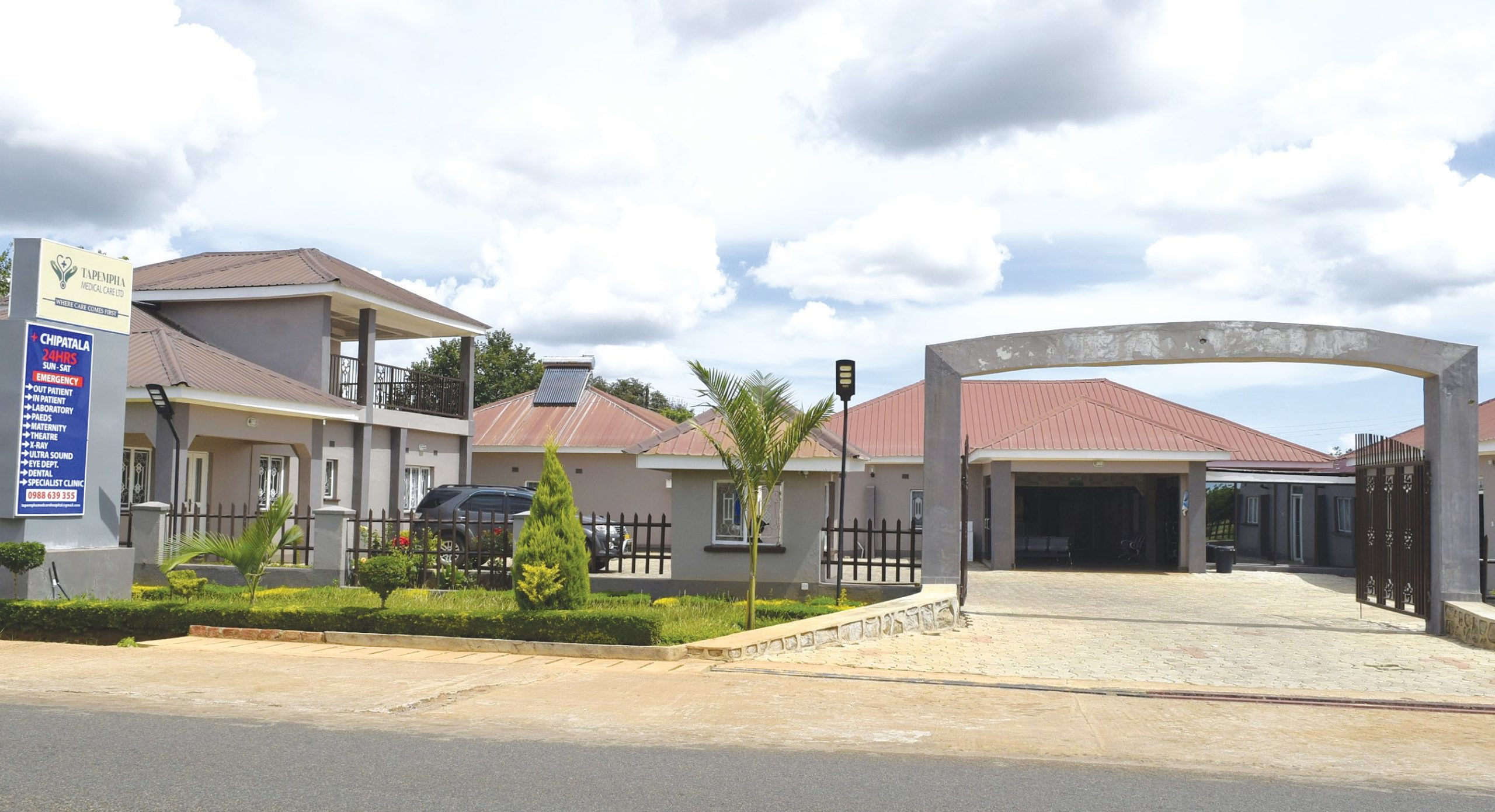Malawi waiting for disaster to happen
 What if the flood gates of heaven finally opened like never before in the disaster prone areas of Southern Malawi and the North? What if the Shire Valley and some parts of Karonga memorised a flood of biblical proportion that would leave destruction in its wake; submerging a uranium mine and depositing its radioactive wastes together with debris from rice fields into Lake Malawi?
What if the flood gates of heaven finally opened like never before in the disaster prone areas of Southern Malawi and the North? What if the Shire Valley and some parts of Karonga memorised a flood of biblical proportion that would leave destruction in its wake; submerging a uranium mine and depositing its radioactive wastes together with debris from rice fields into Lake Malawi?
Would Chikhwawa and Nsanje survive the resulting tsunami, which would uproot sugar plantations and mock the architectural prowess of man by carrying the much-touted Nsanje Inland Port into Zambezi and ultimately into the Indian Ocean?
Sounds very unlikely, but it is a possibility in these times of ever-changing weather patterns.
Ask executive director of Sustainable Rural Growth and Development Initiative Maynard Nyirenda and he will tell you that Malawi would not be in a position to save lives if such disaster struck.
“We are just not prepared for disasters. If you look at the case studies of the Karonga floods of 2011, it shows that we don’t have enough resources [to act in case of disaster]. If we are not prepared, we cannot save lives,†says Nyirenda.
By painting an ominous picture of the country’s capacity to reduce fatalities and protect property in case of a calamity, Nyirenda is no prophet of doom. He is just stating the obvious.
For the record, during the Karonga floods of April 2011 “the estimated affected area was over 60 square kilometres. A total of 105 villages and 27 996 people were affected while 549 houses were washed away,†says a country draft report for Malawi on Views from the Frontline 2011 compiled by the African Centre for Disaster Studies.
The report quotes deputy director at the Department of Disaster Management Gift Mafuleka that despite the “department being warned about high rainfall expectancies, there was no money available for disaster preparation.â€Â
With no money for disaster preparation, it does not require a strong sense of imagination to picture the kind of disaster that would befall Malawi if three quarters of the Lower Shire and Karonga were to be under flood waters. No more meat supplies from the Lower states? Halted sugar production and uranium mining? It wouldn’t sound good economically, too.
The country also sits on the great African Rift Valley fault line, which means Malawi does not only have floods to contend with, but earthquakes as well.
The Department of Disaster Management might, in principle, have embraced the need to reduce risks for disaster, but it still waits for floods, earthquakes and rainstorms to happen before it acts.
In the absence of a policy on disaster risk reduction (DRR), as is the case with Malawi, funding activities aimed at reducing impact of disaster becomes just a wish.
But so optimistic is Principal Secretary in the Department of Disaster Management and Preparedness Geoffrey Kanyinji that the country will soon have a disaster policy that would incorporate disaster risk reduction.
“We are finalising our disaster policy,†he says. But how long does finalising take?
As Kanyinji would have it, there is no need to raise alarm: “We have contingency plans that we follow and implement in all disaster areas together with stakeholders.â€Â
Perhaps Malawi should indeed not dance to the sad tunes of doomsayers of disasters, but gathering tents, blankets, food items and even medicine immediately after disaster strikes is the very philosophy that led Malawi to score a low rating on reducing risks of disaster.
A botched up mitigation process like the Karonga one would have been prevented had the country made DRR its lingua franca.
In the absence of the DRR policy, budgetary allocation to the responsible department would come under the umbrella of disaster management.
But for a department that needs more than K190 million towards such a cause, the K45 million it received in the first quarter, imply rather than stress that funding the department should be more of a question of a life and death.
“There should be a fund set deliberately for disaster preparation. We are talking about building resilience, which includes how people build houses and not just shifting them to new areas,†says Nyirenda, who calls for meaningful contribution from government instead of waiting for donors.
Here is the sad story though. The country’s economy is under palliative care with its life-threatening tumours of forex shortage, debilitating cancer of fuel scarcity and the fast-spreading gangrene of donor fatigue plus other opportunistic economic diseases.
It would, therefore, need a huge financial dose of morphine to ease the excruciating pain. And that morphine seems not available at the pharmacist.
If you thought largesse from the UN disaster fund would save Malawi in times of disaster, think again. The BBC recently reported that some countries’ failure to pay into the fund is leaving the world “dangerously unprepared†for future crises and that several countries are not donating to the Central Emergency Response Fund aimed at speeding-up relief delivery.
The report quoted UK International Development Minister Alan Duncan that “it made sense to donate emergency aid in advance and was basic humanitarian decency.
“If you actually put money into a fund in advance of what are going to be more predictable emergencies around the world such as floods and earthquakes, you can actually save a lot of lives by being able to respond very quickly as a result.â€Â
So much for the ifs of floods and earthquakes; what if the floodgates of heaven closed abruptly to unleash an unprecedented dry spell, would the country avert a worst famine without contingency plans in place?





